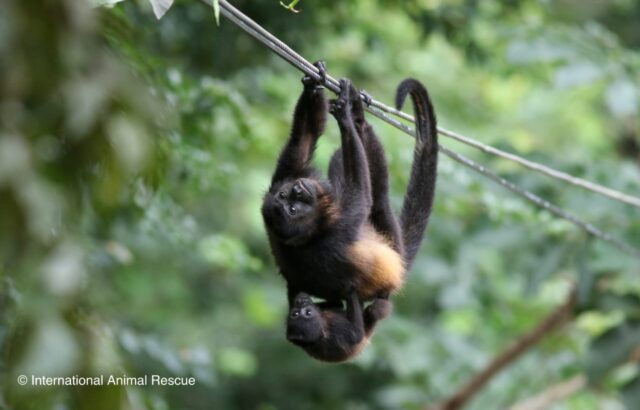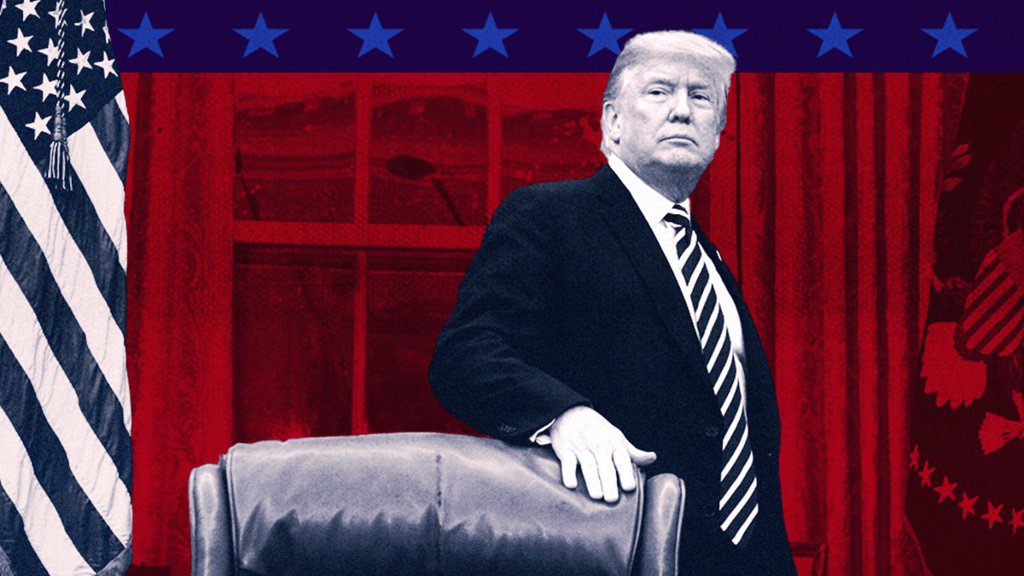Costa Rica is celebrated for its stunning biodiversity, eco-tourism industry, and national slogan: Pura Vida. But behind the postcard-perfect reputation, a quieter crisis is unfolding-one that many visitors, and even residents, never see.
Every year, thousands of wild animals die from electrocution after coming into contact with uninsulated power lines and transformers. The problem is systemic, underreported, and ongoing – despite an existing national decree that mandates wildlife-friendly electrical infrastructure.
Now, a bold new awareness campaign is challenging the silence. Titled Esto No Es Pura Vida (This Is Not Pura Vida), the campaign confronts the disconnect between Costa Rica’s green image and the very real suffering happening in its treetops. It launched in Nosara with a striking billboard featuring the X-ray of an electrocuted monkey-an unflinching call for attention.
To understand the campaign’s goals, message, and what needs to change, we spoke with representatives from International Animal Rescue Costa Rica, one of the groups spearheading the initiative.
Interview
Q: What is the Esto No Es Pura Vida campaign?
Esto No Es Pura Vida is a coalition-led awareness campaign aimed at exposing the ongoing crisis of wildlife electrocutions in Costa Rica, particularly howler monkeys, sloths, and other arboreal species that are dying on uninsulated power lines at alarming rates.
Q: Who’s behind the campaign?
The campaign is led by a coalition of local rescue centers, animal sanctuaries, and conservation groups. It’s meant to represent a collective voice, because the problem isn’t isolated to one region. Wildlife electrocution is happening across the country, and the response needs to reflect that.
Q: Why is this happening? Doesn’t Costa Rica have environmental protections?
Costa Rica does have strong environmental protections on paper. In fact, there is an existing national decree—Decreto Ejecutivo N° 44329-MINAE—that mandates all electrical infrastructure be adapted to prevent wildlife electrocutions. It calls for things like insulated lines, covered transformers, and wildlife crossings. But when it comes to electrical infrastructure, there’s a major gap in implementation. Power lines are often uninsulated, transformers are exposed, and wildlife crossings are lacking. Despite national regulations that call for wildlife-friendly installations, enforcement is weak and often overlooked by both public and private energy companies.
Q: To what extent has the national electrical grid been updated to meet the decree’s standards?
Only in fragments. Some cooperatives and regions have made partial upgrades, but there’s no consistent enforcement mechanism to ensure full compliance. In many cases, upgrades are reactive; carried out only after an animal has been injured or killed. That’s exactly what the decree was meant to prevent. Without sustained pressure, this continues to be a patchwork effort.
Q: What’s going on in Nosara?
Nosara has become something of a ground zero. It’s a high-biodiversity area with increasing development, and the number of wildlife electrocution cases here is disproportionately high. We’re reporting multiple calls per week, many involving monkeys that are burned alive, orphaned, or left with permanent injuries. In other words, the tourism-fueled image of paradise masks a daily tragedy, often just out of view.
Q: Is this problem unique to Nosara, or are other parts of the country affected too?
Not at all. Wildlife electrocution is a nationwide crisis, and reports are coming in from all over Costa Rica: urban, rural, and coastal areas alike. The infrastructure vulnerabilities are systemic, and the solution has to be national. According to reports from Costa Rica’s own electrical distribution companies, an estimated 6,000 animals are electrocuted every year. That’s over 16 animals a day, every day, and those are just the reported cases.
Q: Which species are most affected by uninsulated wires, and what makes them particularly vulnerable?
Any arboreal animal is at risk. In Costa Rica, that includes howler monkeys, kinkajous, sloths, squirrels, opossums, and more. These species rely on treetop canopies for movement, foraging, and safety, but as natural corridors are fragmented by roads and construction, they’re forced to use electrical lines to get from one place to another. Uninsulated wires and poorly designed transformers turn these pathways into lethal traps. What makes them especially vulnerable is that they’re not just crossing once; they’re using these routes daily. One misstep, and it’s fatal.

Q: What’s the campaign doing about it?
Esto No es Pura Vida is driving public awareness, pressure, and policy enforcement. Through its website, the campaign is collecting signatures for a petition to the Ministry of Environment (MINAE), urging the enforcement of an existing national decree that requires wildlife-safe electrical infrastructure. The site also provides educational materials and visuals that explain how the current system is failing, and who is paying the price.
Q: Looking ahead, what are your coalition’s main goals over the next 1–2 years, and what would success look like in 5?
In the short term, our goal is enforcement. We want MINAE to not just acknowledge the decree, but to act on it: consistently, publicly, and with deadlines. Long term, we want wildlife-safe infrastructure to be the standard, not the exception. That means fewer dead animals, fewer “unfortunate accidents,” and a Costa Rica that lives up to its environmental promises.
Q: What can the public do to help?
Sign the petition and spread the word. The more people urging action, the harder it is to ignore. You can sign digitally at www.EstoNoEsPuraVida.org and share our posts from the Facebook page “Esto No Es Pura Vida”. Every signature and share pushes this issue further into the spotlight.
About the author
Anne-Marie Mascaro is the founder of Monkeyfriendly.com, a 501c3 nonprofit designed to connect people in and out of the scientific field to collaborate on wildlife projects.
Monkeyfriendly is part of a collective group of organizations in “Esto No Es Pura Vida” -Costa Rica’s first nationwide campaign by rescue centers and conservation groups, urging stronger environmental law enforcement and improved infrastructure to benefit wildlife conservation.

For those who have experienced shifts in consciousness and know that more peace, joy, and love awaits in a better living environment. A bold shared vision. A living community and hub for innovation. A sustainable ecosystem for living and working. A model for the new future.
– Advertisement –
Source link
TCRN STAFF



